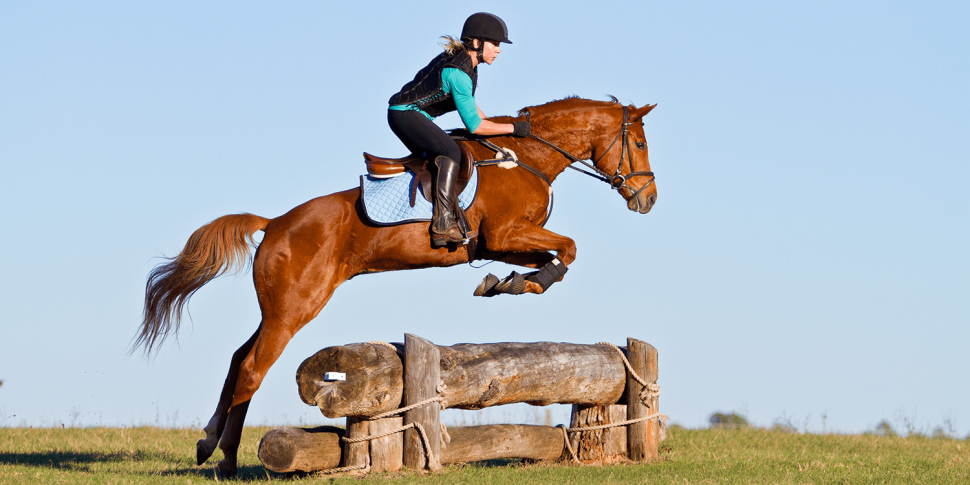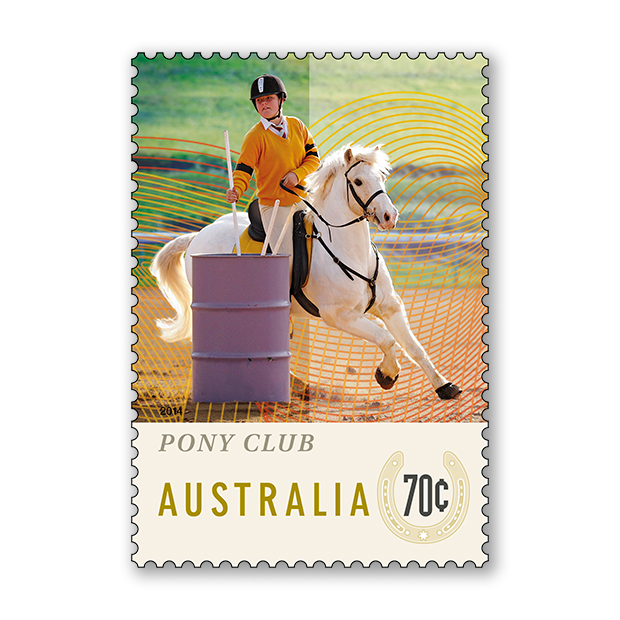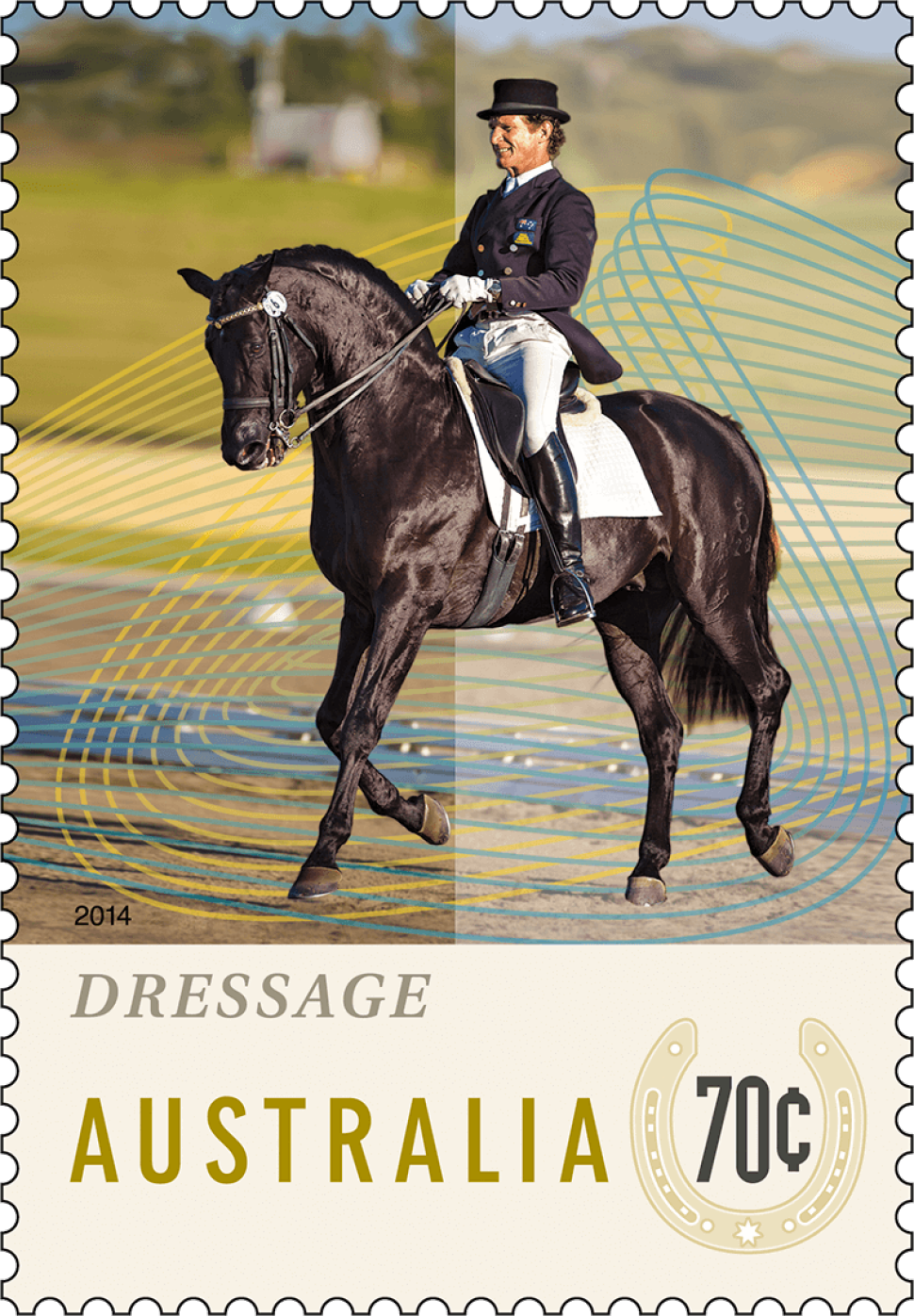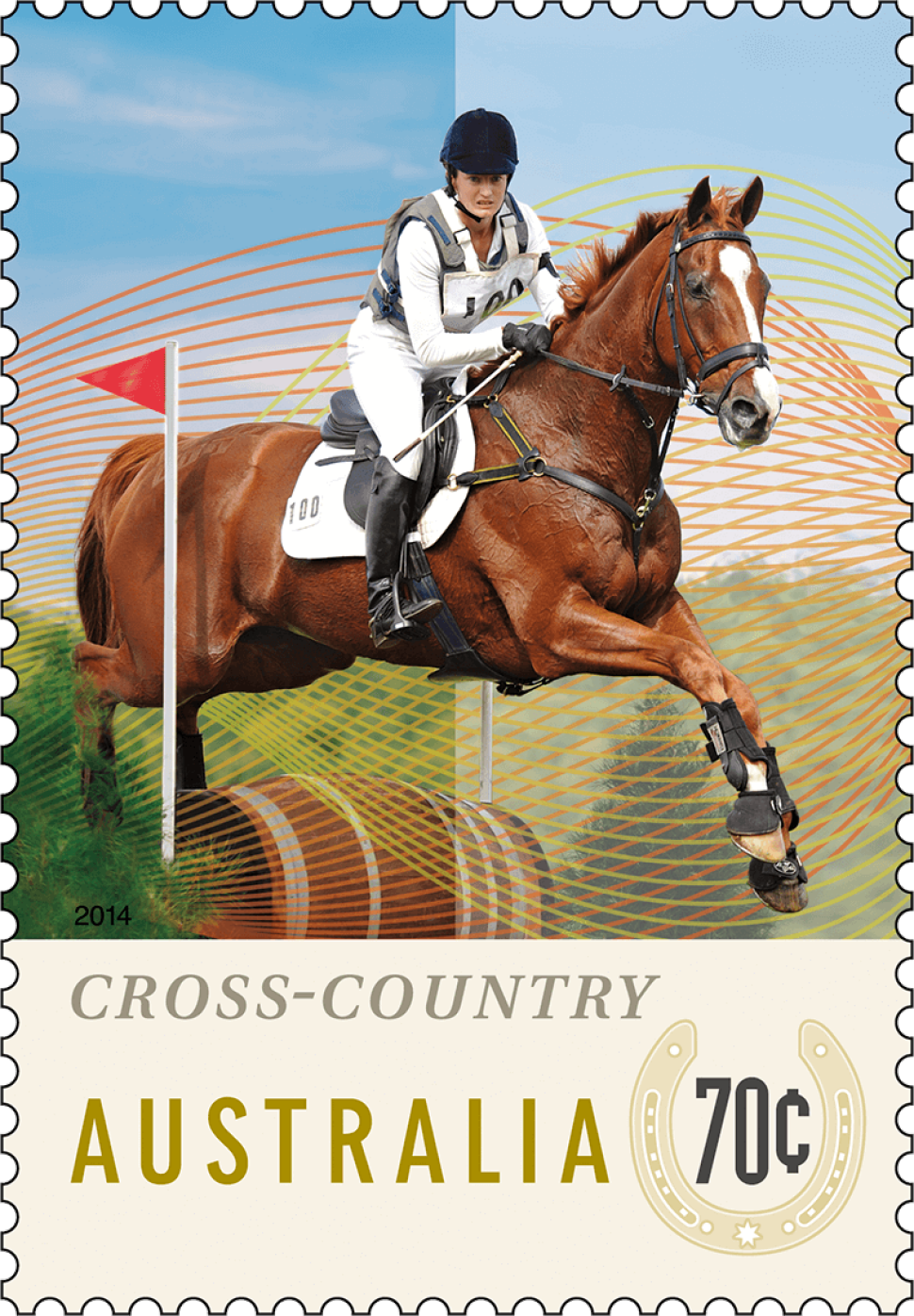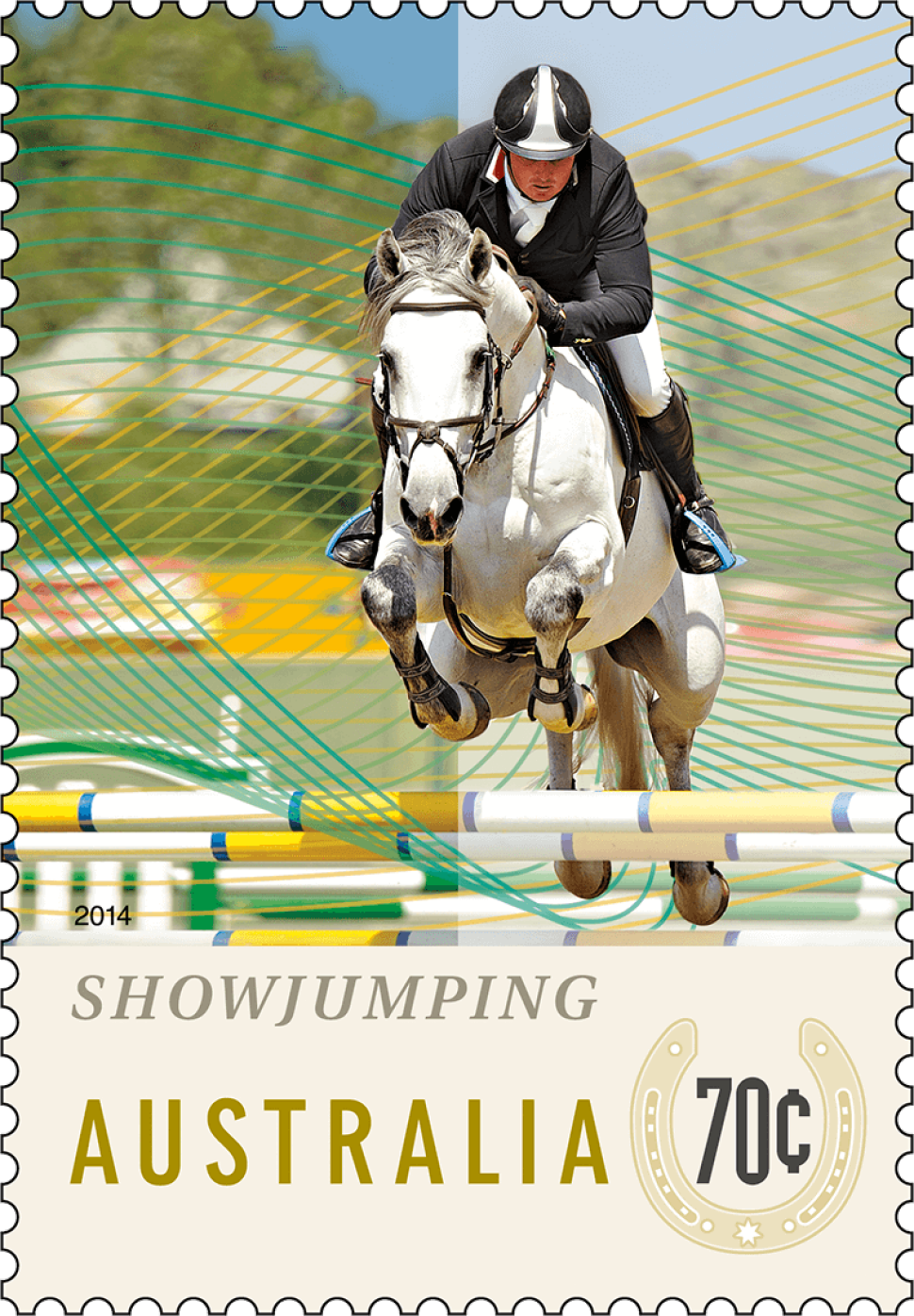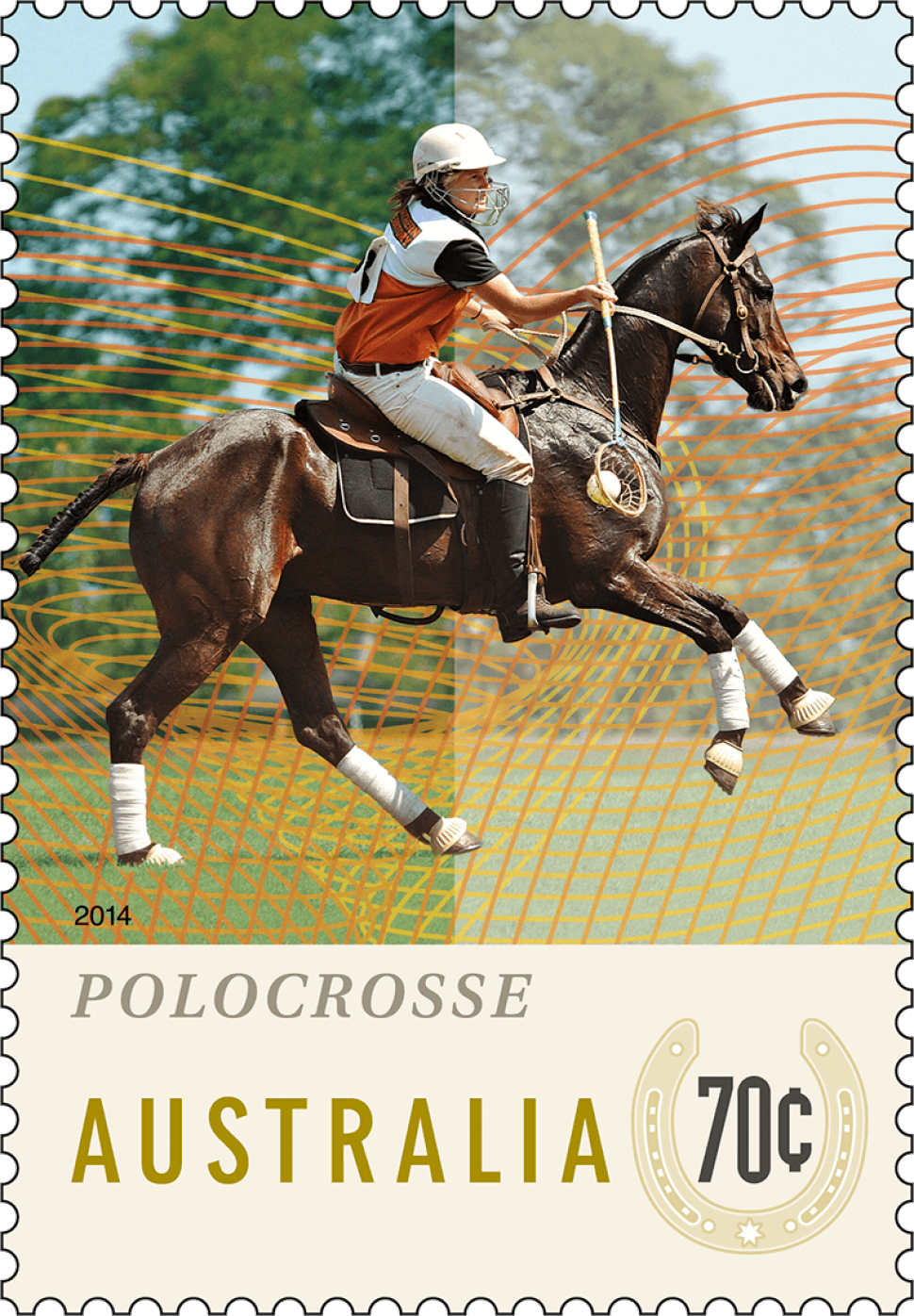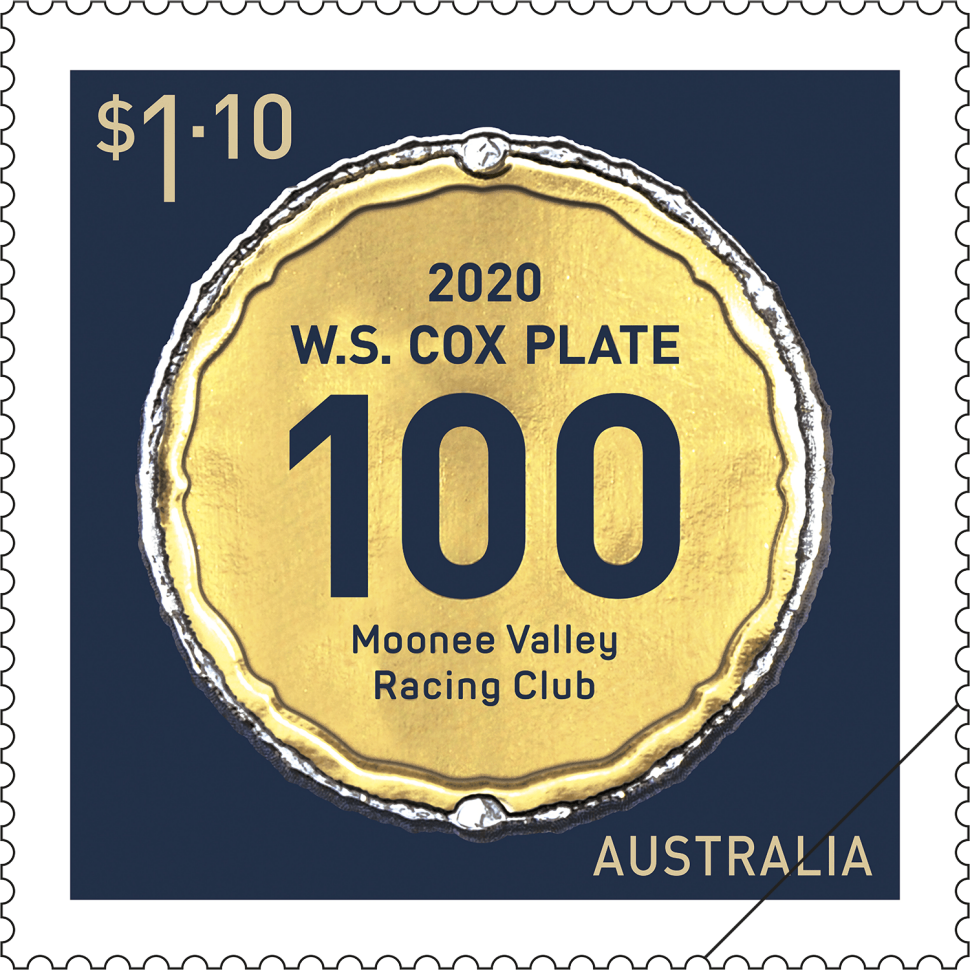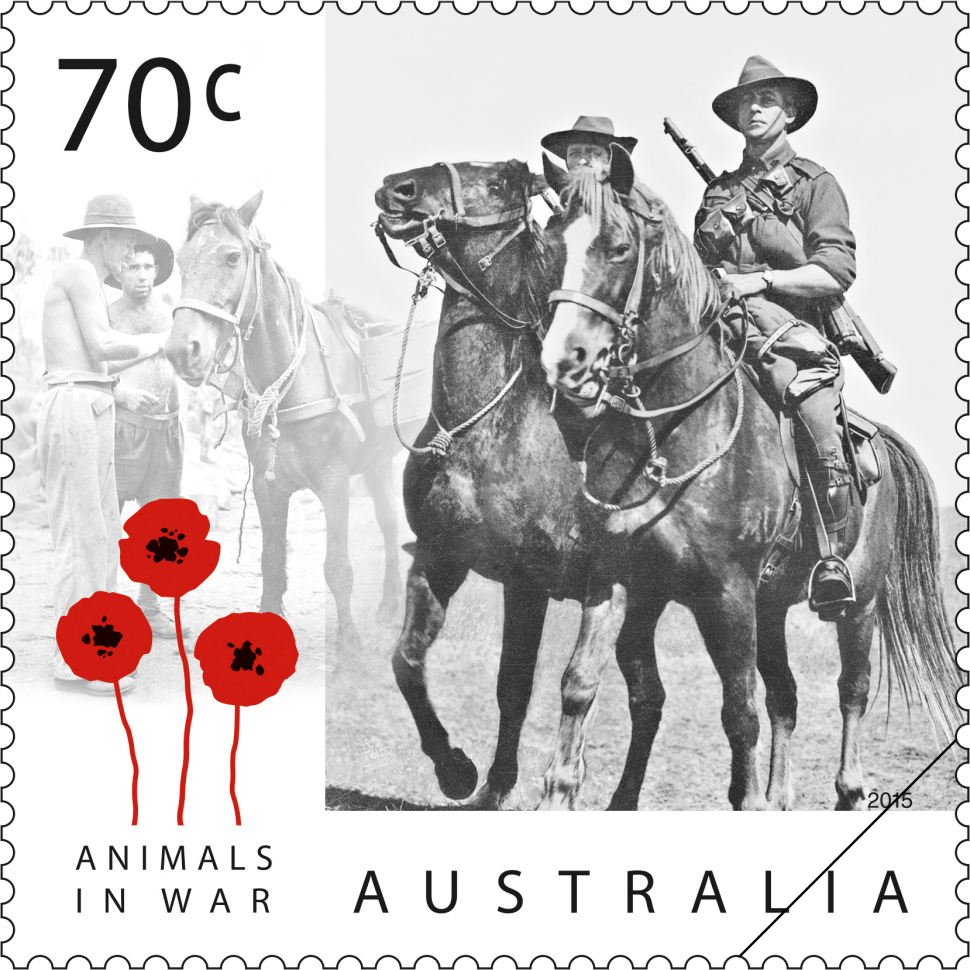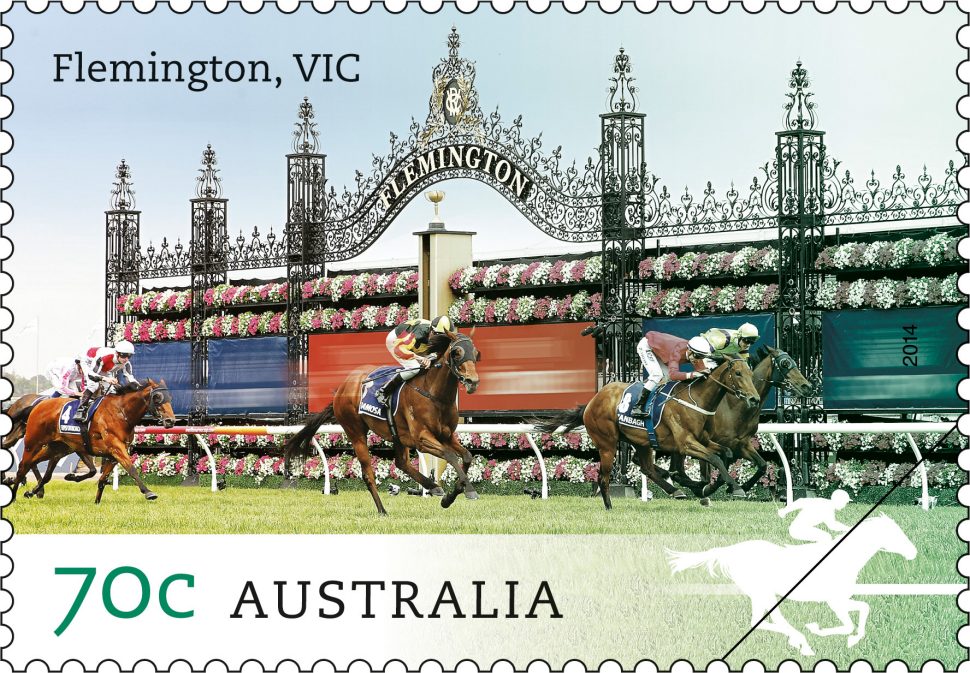Horses first arrived in Australia with the First Fleet, in 1788, with one stallion, three mares, one colt and two fillies onboard. Since that time, three breeds of horse have been developed in this country: the Waler, the Australian Stock Horse and the Australian Pony.
Horse numbers increased slowly until about 1820, at which time quality stock started being imported from Britain. By the early 20th century, there was an estimated one horse for every three people. Horses had played a critical role in establishing, building and serving the colonies and then the nation until the early decades of the 20th century; they were essential to exploration, farming, work, communications, transport and military action. In the early 20th century, mechanisation of industry, transport and communications progressed rapidly, impacting significantly on the role of the horse in daily life, particularly in working life in Australia and elsewhere in the West.
Today, horses in Australia are most strongly connected to everyday life through competition and leisure, and these form the focus of this stamp issue. Outside of horseracing – an industry that has long been a contributor to the economy and has had a strong following as a spectator sport – dressage, showjumping, eventing and hacking are some of the key equestrian disciplines practised at local, state and national levels. At the Olympic level, equestrian events debuted in 1900, with showjumping. Dressage and eventing were incorporated in 1912, and now all three are represented at the Olympics. They showcase very different sets of skills and ability in both the rider and horse. Polocrosse too is played at both national and international levels, with the World Cup played every two years.
The stamps represent five key equestrian activities in English, as opposed to western, riding styles.
Designer
Phil Ellett, Creative Ethos.
Products released in this issue
- Stamps 5 x 70c
- Covers (blank pictorial, gummed and self-adhesive)
- Stamp pack
- Maxicard
- Prestige booklet
- Booklet of 10
- Chequebook 20 x 10
- Booklet Collection
- Roll of 200 s/a
- Strip of five
- Gutter strips
Technical specifications
- Issue date
- 15 July 2014
- Issue withdrawal date
- 31 January 2015
- Denominations
- 5 x 70c
- Stamp design
- Phil Ellett, Creative Ethos
- Product design
- John White, Australia Post Design Studio
- Paper - gummed
- Tullis Russell
- Printer - gummed
- EGO
- Paper self-adhesive
- B100
- Printer self-adhesive
- EGO
- Paper - rolls
- B640
- Printer - rolls
- Pemara
- Printing process
- Lithography
- Stamp size
- 26mm x 37.5mm
- Perforations
- 14.60 x 13.86
- Sheet layout
- Module of 50
- FDI postmark
- Werribee, Vic 3000
- FDI withdrawal date
- 13 August 2014
Dressage translates from the French as “training”, and the discipline is based on achieving a high level of obedience, flexibility and balance in the horse. In competition, the rider puts the horse through a predetermined series of movements (or “figures”), performed in a rectangular arena. Dressage requires a high level of control, discipline and precision in both horse and rider.
Eventing is the equestrian equivalent of the triathlon, combining the disciplines of dressage, cross-country and showjumping, undertaken in that sequence over one (ODE) or three days (3DE). The cross-country component, which represents eventing in this stamp issue, tests the endurance of both horse and rider. A cross-country course comprises around 30 natural, often permanent obstacles for the horse to clear (usually including a water element), which range over a considerable distance. Competitors complete the course against the clock. When cross-country is undertaken as part of a one or three day event, competitors are placed according to their aggregate score across the three disciplines.
Originating in Europe in the late 19th century, showjumping (then called “leaping”) tests the dexterity, fitness, training and courage of a horse, as well as the partnership between horse and rider. Competing either indoors or out, the horse is put through a tight course of temporary obstacles that it must clear against the clock, always keeping the red flag on the rider’s right, the white on their left.
Polocrosse originated in Australia in 1939, and of the 10,000 or so players worldwide, 4,000 are Australian. It is played in seven states and territories, which are home to around 135 clubs.Polocrosse is a twist on the more commonly known game of polo, and rather than using a croquet-like stick, riders use a stick with a netted end. With six players per team, divided into two sections of three, the winning team is the one to score the highest number of goals. Polocrosse is a fast-paced team sport that combines speed, strategy, tactics and toughness.
Most riders competing in English styles of riding are highly likely to once have been a member of a local pony club. First formed in Britain in 1929, these youth organisations were established to encourage young people to ride. Within a decade of the first British pony club forming, Ingleburn Pony Club in NSW was established. Through regular rallies, members are instructed in riding and care and management of horses, and are provided with opportunities for fun and competition. Australia has approximately 980 active clubs across all states and territories, which together have around 50,000 members.
This content was produced at the time of the stamp issue release date and will not be updated.
We don’t want you to miss out on opportunities that support your collecting and make it even more enjoyable.
Benefits:
• Exclusive offers
• Pre-order opportunities
• Offers a great collecting experience
your collectables
